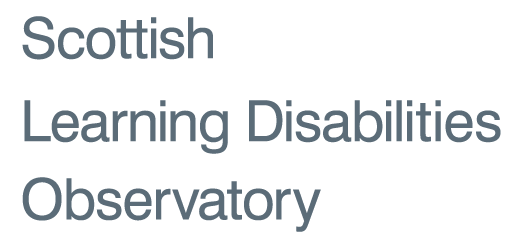Multi-morbidity in children

Background
Children and young people with autism may be more likely to experience poorer health than their peers without autism. We aimed to investigate the comorbid conditions in a whole country population of children and young people aged 0-24 years with and without autism.
What we did
Data were drawn from Scotland’s Census 2011. We calculated the percentage of children and young people with autism, the extent of comorbid conditions experienced by them, odds ratio (with 95% confidence intervals) of autism predicting comorbidities, adjusted for age and gender, and odds ratio for age and gender predicting comorbidities within the cohort with autism.
What we found
A total of 25,063/1,548,819 (1.6%) children and young people had autism: 19,880 (79.3%) males and 5183 (20.7%) females. Autism had an odds ratio of 5.4 (5.1–5.6) for predicting deafness/partial hearing loss, odds ratio of 8.9 (8.1–9.7) for blindness/partial sight loss, odds ratio of 49.7 (38.1–64.9) for intellectual disabilities, odds ratio of 15.7 (13.4–18.5) for mental health conditions, odds ratio of 15.8 (14.1–17.8) for physical disability and odds ratio of 3.9 (3.8–4.0) for other conditions.
What this means
Girls and young women with autism were more likely to have each additional condition than boys and young men, including intellectual disabilities, suggesting they may have more severe autism than males and adding evidence that autism may be currently underdiagnosed in more intellectually able females. These conditions are disabling and have a significant impact on long-term quality of life. Their coexistence with autism adds extra complexity. It is important to raise clinicians’ awareness of this extent of comorbidity and to have accurate prevalence data to plan prevention and intervention measures.
The original publication associated with these findings can be found here.
For more information about this work, please contact sldo-info@glasgow.ac.uk
Page updated 7th September 2020
